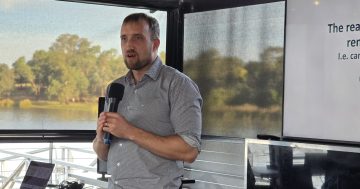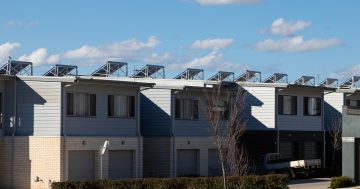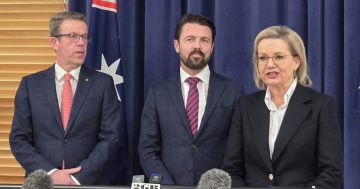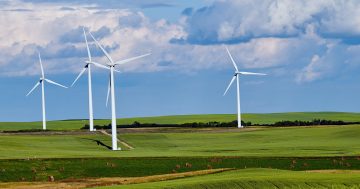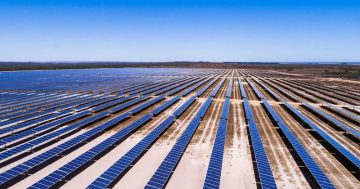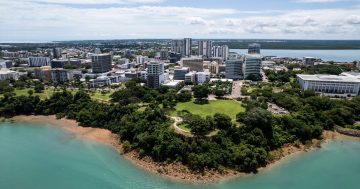 The Australian Energy Market Operator (AEMO) has released its 2023 Electricity Statement of Opportunities (ESOO) report, a 10-year reliability outlook that signals development needs for each state in the National Electricity Market (NEM).
The Australian Energy Market Operator (AEMO) has released its 2023 Electricity Statement of Opportunities (ESOO) report, a 10-year reliability outlook that signals development needs for each state in the National Electricity Market (NEM).
The ESOO is produced using insights from developer and market participant surveys, transmission information, and extended analysis of energy limitations, like the potential impact of drought conditions, coal and gas supply shortfalls.
Chief Executive of AEMO, Daniel Westerman said this year’s report highlighted the pace of Australia’s energy transition and the urgency needed to deliver new investment to ensure reliable, affordable and cleaner energy for consumers.
“Over the 10-year outlook, we continue to forecast reliability gaps, which are mostly due to the expectation that 62 per cent of today’s coal fleet will retire by 2033,” Mr Westerman said.
“To ensure Australian consumers continue to have access to reliable electricity supplies, it’s critical that planned investments in transmission, generation and storage projects are urgently delivered,” he said.
In the next 10 years, electricity consumption and peak demand are predicted to grow due to population growth and economic activity, but also the electrification (fuel switching) across all sectors of the economy, including transportation and residential heating and cooking.
“Considering only existing, committed and anticipated projects as per the ESOO’s ‘central scenario’, reliability risks are forecast to exceed the relevant reliability standard in Victoria from this summer, in New South Wales from 2025-26, South Australia this summer and then again from 2028-29 and Queensland from 2029-30,” he said.
“While our central scenario shows increased reliability risk, it does not reflect the reliability potential from the 248 gigawatt (GW) pipeline of proposed generation and storage projects, actionable transmission projects and government energy programs underway,” Mr Westerman said.
“Federal and state government initiatives, including transmission projects identified in the Integrated System Plan, and mechanisms delivering firming capacity, such as the Commonwealth’s Capacity Investment Scheme, can address many of the identified risks over most of the 10-year horizon, if delivered to schedule.
“There is also the opportunity for consumers’ rooftop solar, batteries and electric vehicles to actively participate in the power system, which would further reduce reliability risks,” he said.
Compared to last summer, around 3.4 GW of new generation and storage capacity is expected to be available this summer, which is forecast to be hotter than previous years, meaning electricity demand may be higher than observed in recent years.
“We’re expecting an elevated level of risk compared to recent years, mostly due to hotter and drier conditions, and coal-fired generation reliability is at historic lows,” Mr Westerman said.


